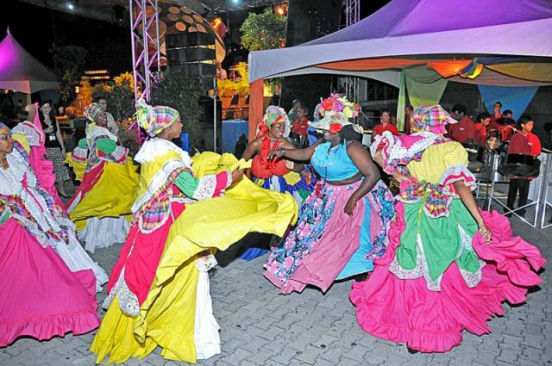×
The Standard e-Paper
Kenya's Bold Newspaper

Most people overlook the gorgeous Caribbean twin islands of Trinidad and Tobago but those who holiday there praise the best sights, spell-binding scenery, marvelous beaches, charming and friendly people of this country.
Fondly called Trinbago, this island country, which is situated off the coast of Venezuela in the southern Caribbean, is an ornithologist’s paradise because of its 400 varieties of bird species.